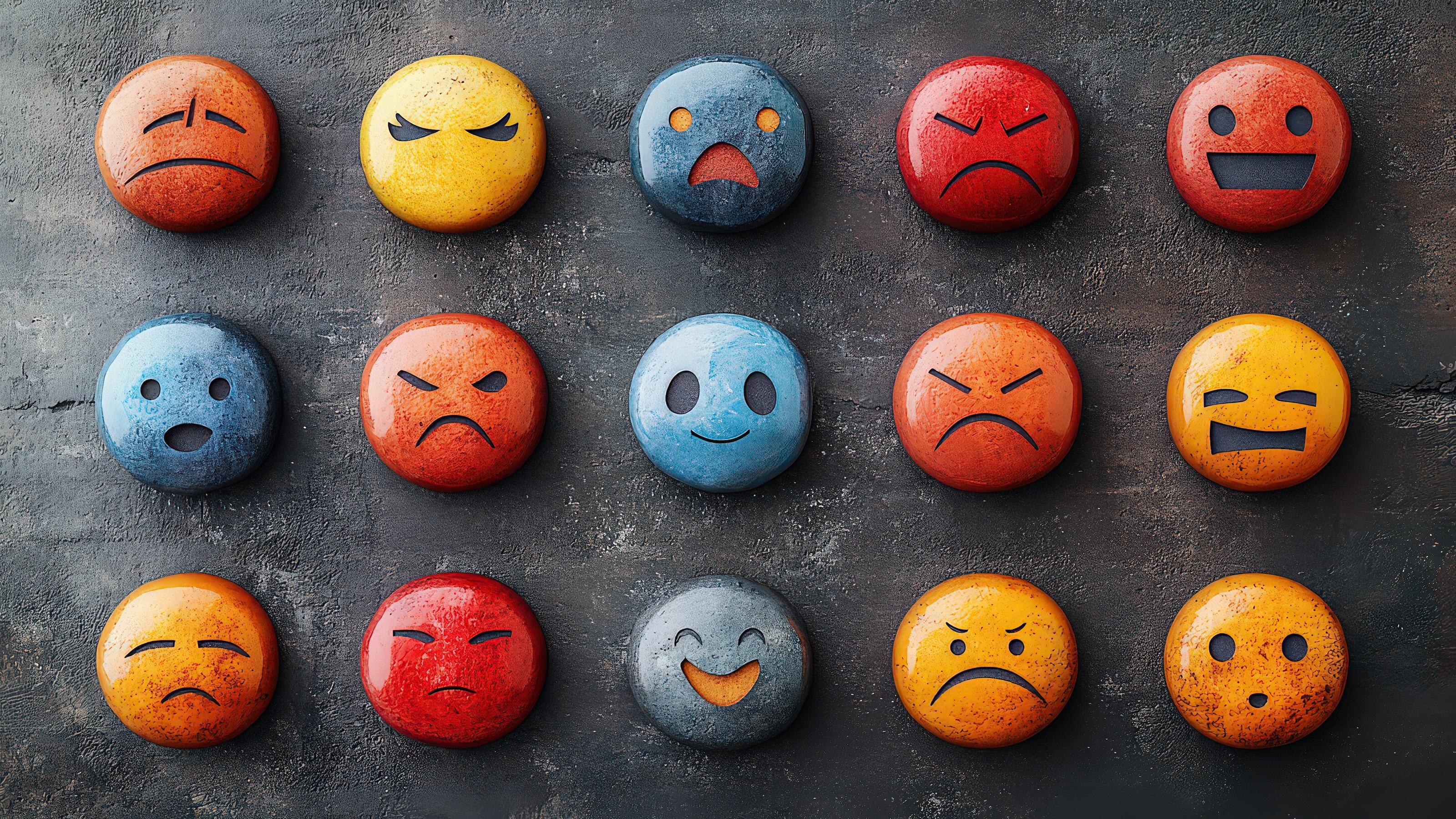Pew’s Intriguing New Findings on Millennial Women and the Workplace

Pew released an interesting survey today on millennial women’s and men’s perceptions of the workplace.
It makes me wonder about the role of surveys in shaping (rather than simply recording) attitudes. Especially in this media saturated age, a survey feedback loop might be in place. First, we hear that there are big problems from surveys—both of the rigorous sort that Pew produces, and of the quickie, snapshot sort that online media produce. And, when we hear through polls that there are big problems, we report on polls, when asked, that there are big problems—even if we haven’t experienced them in our own lives.
The generic view thus gets woven into the particular view, such that in surveys designed to capture the particular views of individuals and then aggregate them, the individual views instead regurgitate the aggregate view.
Take public schools. They’re “failing” (not). A generic consciousness holds that this is true. But ask individual parents what they specifically think of their own public school, and a large majority are satisfied. Congressional representatives are loathed with almost statistical unanimity in the generic, yet, at least before the abysmal 2010s, individual Americans expressed much higher satisfaction with their personal, individual representatives than with Congress.
Turning to the Pew data, a similar dynamic might be at play. The study notes a strong “general perception,” especially among women, that men have an unfair pay advantage, but it also found that “relatively few adults” actually report that their specific workplace is unfair: 75% of women and 73% of men report that in their own company, pay is equal.
In other findings, the point that Sheryl Sandberg and others have made about women who curtail their ambitions based on anticipatory concerns about balancing career and motherhood finds corroboration. There is a large gender gap on this, and other, themes. Fifty-one percent (51%) of women with children under 18 believe it’s harder to advance in a career with children, compared to only 16% of men.
For as much as women report parenthood-career conflicts, however, other questions in the survey suggest they’re overstated. When asked about more specific examples, a good majority of women who had changed careers for family felt that “reduced hours” (65%) or “significant time off” (68%) didn’t affect their career advancement, one way or another. Even higher percentages of men (83% and 82%, respectively) responded this way. That’s a disturbing gender gap. But a bigger, or at least a glass half full, picture, is that fewer experienced two negative scenarios than believed them to be at play.
While this more optimistic angle can’t blind us naively to the ongoing difficulties of fitting the square peg of work into the round hole of life, nor should we allow a generic perception of big problems to eclipse grounds for optimism.
Even more interesting, men’s attitudes in both questions are constant: 16% of men reported generically that it’s tougher with children, and, when asked about the specific career changes of time off or reduced hours, roughly the same percentage reported that it’s tougher with children (17% and 18%). Among women, however, fewer reported problems on these specific two items (35% and 32%) than reported problems (51%) in the more generic question.
This may be because motherhood impedes career advancement for reasons that don’t fit in to the specific examples of “taking significant time off” or “reducing work hours.”
In other words, the workplace might be more accommodating, or neutral, toward a scheduled, discrete block of time off for maternity or family caregiving leave or a scheduled reduction in hours than it is toward the ongoing, unpredictable, small disruptions in the work day that mothers, most likely, shoulder more frequently than fathers.
I’m thinking of the occasional need to leave a meeting and pick up a sick child from school, or for a morning spent “working from home” to cover for an absent babysitter, and so on.
Perhaps these micro-disruptions in a mother’s workday now impede her career advancement more than the block of time provided by maternity leave.
I was also intrigued by the finding that a whopping 94 percent of workers—almost a statistical ubiquity—who curtailed their work lives to care for a child or family member said they were glad they did it.
I was astonished by the magnitude of that figure. To me it points in the direction of revisiting what we think of as success. If so many people are happy that they took the time off, does this suggest that we’re thinking about workplace success, fulfillment, and leadership for both men and women in a narrow and arguably anachronistic way?
You could argue that one of the major changes wrought by feminism, as a movement, was that it advocated for women’s advancement and equality of opportunity, but it also shifted perceptions of success, closer to balance and away from corporate ambition. For example, when men curtail ambition in the office, they’re applauded as genuine family men, who have real values, and who refuse to let the rat race chew them up. Why now pathologize that shift—arguably, a feminist-spearheaded success for the human race—as evidence of sub-optimal career advancement or performance?
Of course, workers need maximal, equal opportunities to fulfill their aspirations. We also need a workplace remodel to accommodate the realities of family and procreation. Anyone who has a child or who has parents knows this: Children get sick. Schools have snow days. Parents fall ill. Tending to these real humans that we love has to happen, somehow. Most parents, and children, want some of that care to be from their family because, after all, that’s what family is. We don’t have enough work cultures that accommodate this basic reality.
But if so many workers are happy that they stepped off the treadmill, then maybe our metric is off, too. Maybe we’re deploying the wrong indicators of success. Right now, and perhaps even more so in the future, success may be about maximal autonomy and flexibility to do interesting work and get paid a living for it, as opposed to vertical ambition. Or, “leadership” might have more to do with creativity and innovation and not with how many employees you command. There are so many permutations on both ambition and success, and it’s my sense that some of them are gaining more mainstream cultural legitimacy. In some cases, at least, and for women and men alike, the challenges of career ambition with a family might be a problem in search of a victim.
The always-fascinating Pew data point in a few intriguing but divergent directions.





